As the results of the second-quarter sales start filtering through from manufacturers, BMW Motorrad is the latest to show a decline due to a soft world motorcycle market. It’s very a surprising news considering that they have been enjoying record sales for the last 7 years.
BMW reported a total of 51,117 motorcycles sold worldwide, compared to the 52,753 units sold during Q2 last year, marking a 3.1% decline. Correspondingly, it translates 5.8% decline in revenue (€658 million) and 6.8% drop in profits before tax (€174 million).
This also works out to a 1.6% decline by unit volume with only 86,975 motorcycles and scooters sold to customers. As such, revenue dropped by 10.1% (€1,182 million) and a 23.7% decrease in profit (€196 million).
With the European Union being BMW’s largest market, which accounts up to 60 % of their sales, the manufacturer’s sales was dragged down by that very market by 7.9%. This is the biggest contributor to the overall sales decline.
However, if analyzed by countries, their sales was down by 18.8% in their home country of Germany, followed by -5% in Italy and -4% in France. Fortunately, there were modest gains in other European countries such as Spain with a 1.3% increase.
One big surprise however, was BMW Motorrad’s gain in the United States, given the soft motorcycle market there these days. BMW Motorrad USA reported a 3.1% increase on the first six months of the year. The gain upswing was in no doubt due to BMW’s new models, including the BMW K 1600 Grand America and updated middleweight GS. And while the ultra-exotic and ultra-limited S 1000 RR HP4 Race doesn’t help with the bottom line, 14 have been confirmed to be sold in there.
BMW Motorrad plans to launch nine new models this year (although we don’t know how many of those will be introduced in Malaysia) and they’ll most probably turn the sales figures around for the 8th record-breaking year. Would you dare to bet otherwise?
“The future belongs to those who prepare for it today” – Malcom X
Somebody at BMW must have been a fan of Malcom because if the design of the BMW R NineT Urban G/S is anything to go by then it is quite clear that that somebody had heeded the activist’s words and prepared for the future way back in 1980. And we’re thankful to that somebody.
Let me explain:
Above is the original BMW R80 G/S that made its debut back in 1980. It is the grand-daddy of all modern BMW GS motorcycles. And below is the new modern reincarnation of the same bike. The apple really didn’t fall too far from the tree. In designing the Urban G/S, BMW has given the world a masterclass in how to design a modern classic without sacrificing too much to modernity.
People loved the Urban G/S. Whether it was at a highway rest and service area, a stop for fuel and even at a dim sum shop in Ipoh, people kept wanting to walk over to take a closer look and take photos of it. People may be used to superbikes, but there is a very good chance that they would have never seen anything quite like an Urban G/S.
“Apa moto ni bang?”
“How come I don’t see more of this bike?”
“Is this a new bike, or did you restore a classic?”
“What! It costs only RM87,900? This would have been a better buy than my T****** B*********! It’s a friggin BMW for god’s sake!”
Just some of the questions I was asked during the ride.
I rode the bike for over a week – in the city, on the highway, on kampung roads and off-road. To nights out with friends, to the solo “tapau” ride to the local mamak. Near and far. And though the seat of the bike is not suited for long-distance rides, which I must add is seriously uncomfortable after about 100km or so, but the all important fun factor and the styling makes it all worth it.
You don’t need to look very hard to see that the retro motorcycle scene is healthy and thriving. Almost every motorcycle manufacturer has a retro model these days. There is a market for such bikes, and the Urban G/S suggests that it will be here to stay for a while.
On the Urban G/S, you sit upright, very much like you would on a motard naked bike. The wide handle bars and balls up front sitting position gives you a confident feel, almost as if you could chuck this bike down towards a corner, get on the throttle hard, and let the rear slide out. Like you would a motard or dirt bike.
It even has the power to back up its purposeful feel. Powering the Urban G/S is the new air and oil-cooled four-stroke boxer engine featuring twin camshafts and four radially aligned valves per cylinder with a central counterbalance shaft. Which means that it manages the natural side-to-side tug of a boxer layout, well it doesn’t tug as violently as an older boxer engines at least. You still get the classic boxer left-right twitch when you start the engine though, which is great and I hope BMW doesn’t over engineer its boxer-powered bikes and eliminates this characterful touch.
With a capacity of 1,170cc, the Urban G/S gives you 110hp and 116Nm of torque to mess around with. And with a weight of just 221kg’s, it makes mince of just about everything until it reaches its top speed of about 230km/h. But since it does not have a screen and the puny little wind deflector above the headlight is more for show than anything else, you have to hunk down low and hold on to the bike with your hands and thighs. I only managed a top speed of 218km/h before it became too uncomfortable and too scary.
The tall suspension adds to the “motard-ness” of the Urban G/S, this is after all a bike that was originally designed as a “do-it-all” bike in its original R80 G/S form. So staying true to form meant that it could not deviate much from its original design and purpose, but BMW has done a fantastic job at adding on an element of fun to it. It is that combination of a powerful engine, a great sitting position and a well sorted and soft-ish suspension that makes the Urban G/S such a wild child, especially through the corners.
And best of all, you don’t have to worry about electronic gremlins eating away on your pride and joy when there aren’t that many electronics to begin with. Heck the Urban G/S doesn’t even have a fuel gauge, it just sort of warns you that fuel is running low and begins a countdown from the remaining 50km range from your tank, which I guess is good enough considering this bike was built for urban areas. But on the highway though, not fun at all, and if you don’t handle range anxiety very well then this bike is not for you.
But other than that, there are no electronic riding modes, no electronic suspension settings, no cruise control, nothing. The only thing it has in terms of electronics is ABS brakes, a digital engine management system, an electronic intake pipe injection and a few sensors around the bike and that’s about it. It is a pure back to basics motorcycle that has a Steve McQueen cool ‘kinda’ aura, the one that everybody wanted but only a few had.
I loved my time with the R nineT Urban G/S but it wasn’t well suited to the type of riding I took it on. It handled the city and trunk roads perfectly, but not for the mile-munching highway rides. So would I spend money on it? If I were in the market for a R NineT, I would go for the standard model just for the added cushioning of the seat. But if you want a cool design, fantastic power and not much else to run around town with, and as long as you’re not riding very far, forget about the pretenders and get an Urban G/S. But don’t say we didn’t warn you about that seat.
The BMW RT (Reise-Tourer or travel tourer) has had a long history, starting from the first R 100 RT in 1978 to this latest 2018 R 1200 RT. So, yes, it’s the RT’s 40th anniversary this year. By the way, the R 100 RT was the touring variant of the first fully-faired production motorcycle, the R 100 RS, which singlehandedly launched the sport-touring segment.
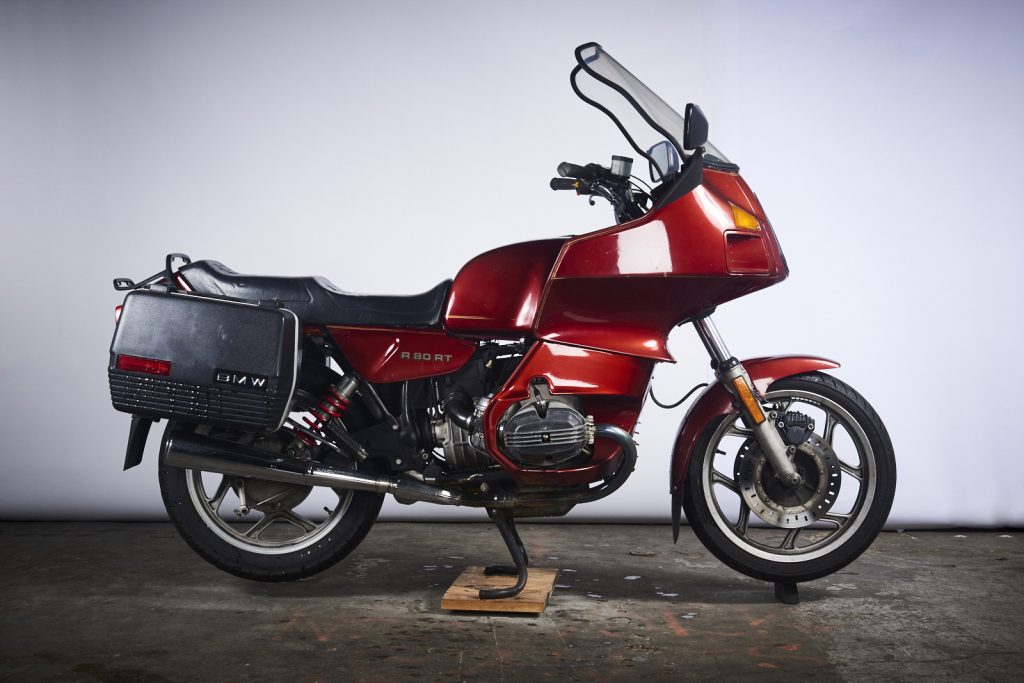
Please click on the link below to know more.
The current lineage of the R 1200 RT, however, began in 2014 with the introduction of the wasser-head (liquid-cooled) Boxer; and instead of just stuffing the new engine into an old bike, BMW redesigned the RT wholesale (side-by-side with the new R 1200 GS). New seats, seating position, fairing, instrumentation, and frame were fitted or updated.
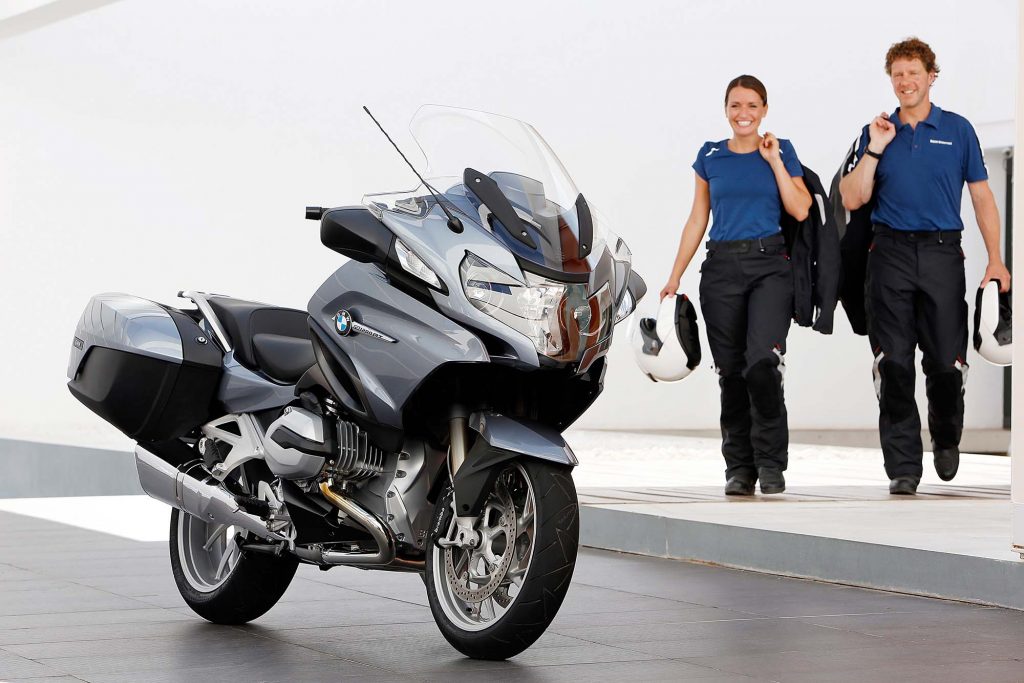
It was also at this time when BMW added options such as Dynamic ESA (Electronic Suspension Adjustment), Shift Assist Pro (for both up- and downshifts), central locking system for the luggage and storage compartments, low and high seats cruise control, and keyless ignition (from 2015).
There were further updates to the R 1200 RT in 2017, albeit minor. BMW fitted a judder damper to the transmission’s output shaft, along with a revised selector drum actuator, transmission shafts and transmission shaft bearings (the R 1200 GS received these updates, too).
Other standard features include ABS Pro, heated grips and seats, ASC (Automatic Stability Control), Riding Modes (Road/Rain), Stepless Adjustable Power Windshield, On-board Computer Pro, height adjustable rider’s seat, LED signal lamps, LED taillamp, besides others.
Styling wise, there’s no mistaking the R 1200 RT for any other motorcycle. The large front section carries the large headlamp cluster which consists of the central low-beam flanked by a pair of massive high-beam projectors; who are themselves ringed by BMW’s signature LED halo-rings.
The rest of the body panels are sharp and consist of “panels” to deflect around the occupants. BMW routes the hot air from the split radiators through cleverly designed holes on each side away from the rider. Other smaller bodywork panels hide the rear parts of the engine and rear shock.
The handlebars are fixed in just the right position as you reach out for them. This is where the fun starts.
The 1170cc flat-twin fired up with that signature Boxer vroom and settled down to a drone with just a touch of vibration to let you know it’s alive. Give a blip and the Boxer vrooms, accompanied by a slight twitch to the right.
Pressing the INFO button scrolls through all the menus to setup the bike, including ESA preload (rider, rider with luggage, two-up), ESA damping settings (Soft, Normal, Hard), travel information (tyre pressure, fuel consumption, fuel range, etc.), audio, and many more. The rider uses the Multi Controller wheel to pick and confirm the sub-items.
The button next to it is for adjusting the windshield’s height. The windshield will lower itself automatically to its lowest position when you kill the engine and raises itself automatically to your last setting when the bike starts to roll. Lovely. The windshield provided a wonderfully turbulence-free zone around the torso and I could hear the stereo clearly at high speeds (depending on helmet).
For a peace of mind, I pressed the remote storage locking switch to lock the panniers and the storage compartments in front of the handlebars, regardless if I had left the panniers’ unlocked. An audible mechanical whirr and a symbol of a key on suitcase lit up in the instrument panel as confirmation. This is brilliant as in case you forgot to lock the storage.
First gear still engaged with the familiar clack. Slip out the light clutch lever and you’re under way on a stream of smooth, smooth torque. The bike pushed forward quickly but very, very smoothly and the new shifter mechanisms worked as the gearshift was light, smooth and noiseless. Coupled with the aerodynamics, you wouldn’t notice the acceleration until you glance down to find yourself riding at 130 km/h or beyond.
I was apprehensive at first when I approached cars on either side at the traffic lights, but I soon learned that there’s ample space to fit the wide front end through; and once the “head” got clear, the rest of the bike followed through. Plus, the RT has such an imposing presence that almost any vehicle gave space. Otherwise, I’d follow the vehicle for a short distance and use the engine’s torque to pass when the opportunity presented itself.
What’s the hurry, anyway?
I’ve got a great sound system to listen to and plenty of settings to entertain myself with. Additionally, everyone stared at me in admiration (read: awe), especially when the design looks this good and painted in this new Mars Red Metallic and Slate Metallic Matte scheme. They scanned the bike from the front to the rear, up and down and craned their necks to peek at the impressive instrument cluster.
Again, when it’s time to get going, the R 1200 RT got going without delay. Vrooom, and you’ve pulled clear even in top gear. We’ve rode the bike to its top speed which was beyond ahem, 200 km/h while sitting straight up! No turbulence, not headshake, no weaving. Amazing.
It was the handling which helped with urban riding. This is where the DNA of the R 1200 GS and R 1200 R shone through. The bike was light on its feet without feeling nervous, so you could confidently flick it around as you shoot into spaces in traffic, relying on the engine’s torque for a quick boost and the superb brakes to slow you down. The front brakes are linked to the rear’s ad the bike entire bike squats down when you clamp down hard on them, eliminating crazy wiggles and wobbles.
A soft tap on the handlebar was enough to change the bike’s direction, despite the “touring” 26.4o rake, 116 mm trail, 1485 mm wheelbase and 276 kg wet weight. It almost made no sense how well the R 1200 RT handled given its spec sheet figures. In fact, it was very much like riding a scooter. Make that a much better handling and braking, and stable scooter. I’ve never felt tired even after riding through the morning and evening rush hour traffic along Jalan Tun Razak.
No wonder many law-enforcement agencies around the world use the BMW R 1200 RT!
But there’s no mistaking the RT’s natural habitat. Out on Karak Highway, apart from the feedback in your hands and bum, you might as well think you’re riding in a BMW 7-Series. Sure, the Dynamic ESA returned hard kicks when hitting sharp bumps, but it performed well nonetheless. It gives you more time to admire the countryside as you ride relaxed – even at high speeds.
It wasn’t just about going straight either, for the RT could turn and burn, too. Of course, not as fast as a sportbike, but I could surely hang with most sport-tourers. The only way you could get it totally wrong is to bottle it up and panic. Have confidence in the front-end and you’d be rewarded with peg-scratching cornering everytime.
The R 1200 RT also performed remarkably well up Genting Highlands. The test bike was fitted with Michelin Pilot Road 4 GT sport-touring tyres and they gripped even over wet roads and loose dirt. A late-night ride up demonstrated the high-beam headlamps’ power in cutting a swath of light through the fog.
What’s a touring bike if it can’t carry luggage, right? Worry not. Those panniers could accommodate a full-faced helmet or a 15-inch Macbook Pro in a backpack each, while still leaving lots of room for everything else. Install BMW’s 49-litre top case and you could ride anywhere.
Lastly, a 25-litre tank could go as far as 500 km if you ride smoothly. Combined consumption through city congestion and spirited highway blasting lowered it into the lower 400’s. Still a good feat for a big motorcycle.
In conclusion, the BMW R 1200 RT is the luxury touring model which slots in between the sportier S 1000 XR sport-tourer and the K 1600 series full-dress tourers. I wouldn’t call it a compromise between the two extremes; rather, the RT has its own distinctive character as a long-distance runner which endears itself to you very quickly with its great comfort, performance, great looks, typical BMW quality and fuel economy.
Priced from RM 118,798.77 (with 0% GST), it is exactly cheap for a person such as me and am convinced beyond reasonable doubt that I would like to own one in a heartbeat if some kind soul decided to donate some money my way.
| ENGINE | |
| ENGINE TYPE | 2-cylinder, 4-stroke, DOHC, air/liquid-cooled, flat-Twin |
| DISPLACEMENT | 1170 cc |
| BORE x STROKE | 101.0 mm x 73.0 mm |
| POWER | 125 hp (92 kW) @ 7750 RPM |
| TORQUE | 125 Nm (92 lb-ft) @ 6500 RPM |
| COMPRESSION RATIO | 12.5:1 |
| TRANSMISSION | Constant mesh, 6 gears with helical cut gears |
| FUEL SYSTEM | Electronic fuel injection with ride-by-wire throttle |
| CLUTCH | Multiple-plate wet clutch, hydraulically operated |
| CHASSIS | |
| FRAME | Front two-section frame, bolted on rear frame, load bearing engine |
| FRONT SUSPENSION | BMW Telelever ø 37 mm forks, central spring strut |
| REAR SUSPENSION | Monoshock with WAD strut, spring preload hydraulically adjustable (continuously variable), rebound damping adjustable, BMW Paralever |
| SUSPENSION TRAVEL FRONT/REAR | 120mm / 136 mm |
| FRONT BRAKE | 2x radially-mounted 4-piston caliper, ø 320 mm floating discs |
| REAR BRAKE | 2-piston caliper, ø 276 mm brake disc |
| ABS | BMW Motorrad Integral ABS |
| TIRES FRONT/REAR | 120/70 ZR-17; 180/55 ZR-17 |
| STEERING HEAD ANGLE | 26.4o |
| TRAIL | 116 mm |
| WHEEL BASE | 1,485 mm |
| SEAT HEIGHT | 825 mm (high setting), 805 mm (low setting) |
| FUEL TANK CAPACITY | 25 litres |
| WEIGHT (READY TO RIDE) | 276 kg |
There’s no surprise that the world of superbikes is getting more and more advanced as days go by and manufacturers around the world are prepping themselves for the next generation race-inspired sports bikes. BMW Motorrad is no exception and the next-generation BMW S 1000 RR might be the best one yet. (more…)
We’ve just completed a thorough testing of three BMW motorrad (motorcycles), all based on the S-Series inline-Four engine: S 1000 RR superbike, S 1000 R “roadster” (as BMW calls it, usually known as “naked” in the industry), and S 1000 XR sport-tourer.
All four carried out their roles superbly, of course. But before we roll out the video and full reviews, here’s a bit of filler about BMW motorcycles.
BMW Motorrad, just like their automotive division, had always been innovative in pushing out new technology for their motorcycles and most of these innovations found industry-wide implementation later on.
Here are Ten Innovations by BMW Motorrad, in chronological order.
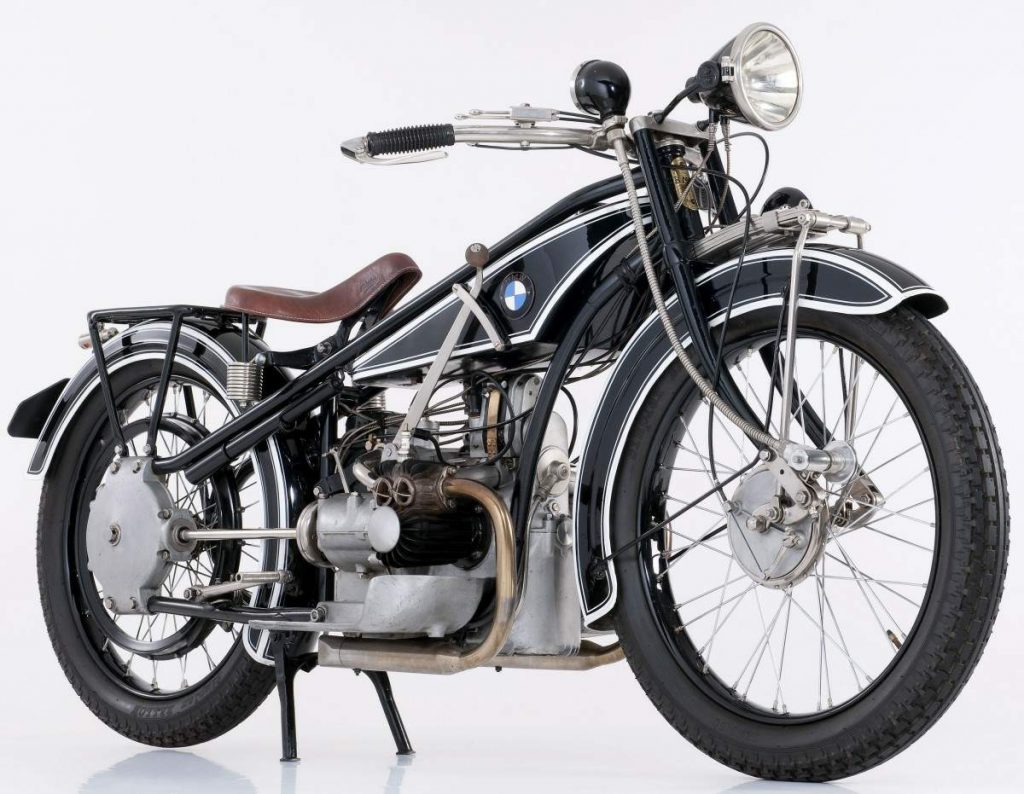
BMW had begun in 1916, through the reorganization of Rapp Motorenwerke who produced aircraft engines in WWI. However, as the Luftwaffe (German air force) was banned in the Treaty of Versailles after WWI, the company produced industrial engines, air brakes, agricultural machinery, toolboxes and office furniture, instead, before turning to motorcycles and cars.
BMW then built a flat-twin (Boxer) in 1921 for motorcycles and were most notably used in Helios motorcycles. BMW then merged with the makers of Helios called Bayerische Flugzeugwerke in 1922, inheriting the Helios.
That led to the R32 in 1923. Unveiled at the Berlin Motor Show, it marked the beginning of BMW’s drive concept – air-cooled, twin-cylinder, four-stroke Boxer engine with a manual gearbox mated directly behind and a shaft final drive.
While the R32 didn’t break technological grounds, its engine served as the DNA for all Boxer-powered BMW motorcycles until today.
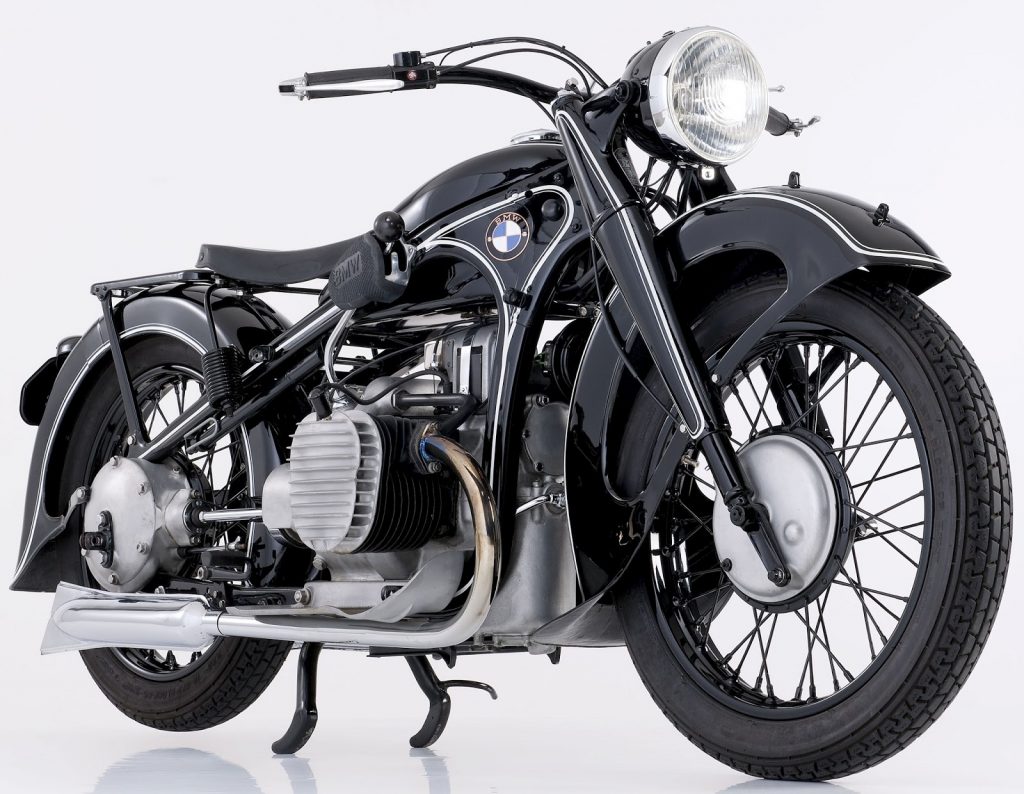
Earlier telescopic forks consisted of just springs inside them without any “juice.” BMW debuted the hydraulically damped forks on the R12 and has since been adopted by every manufacturer now. Hydraulically damped forks have paved the way for the use of valves, orifices and cartridges to control damping rates in modern suspensions.
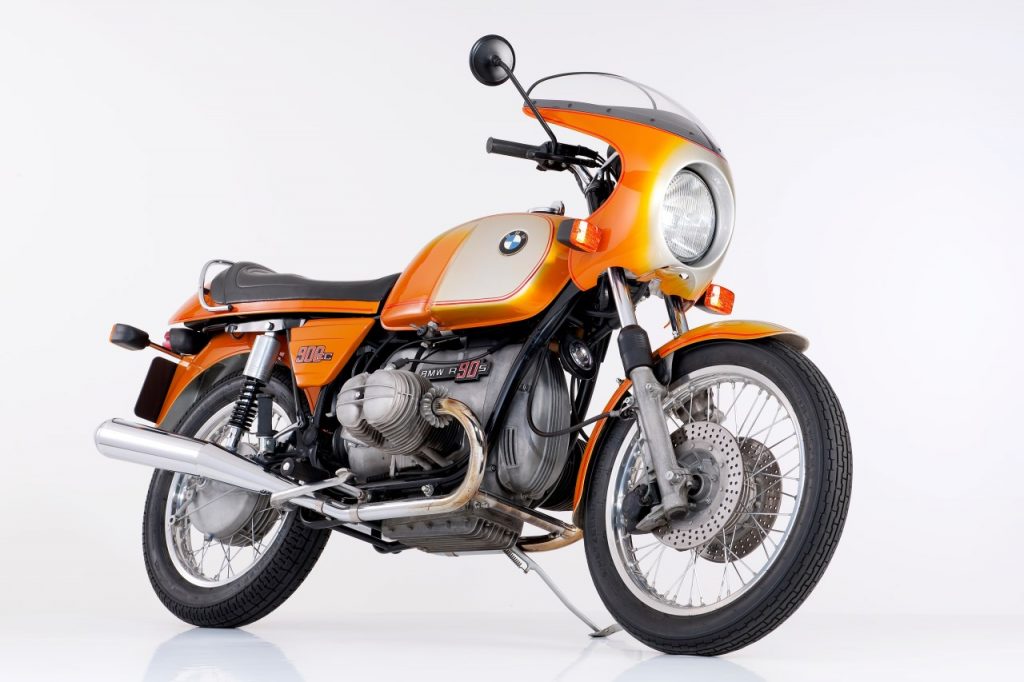
Sure, other motorcycles have had fairings mounted around their headlamps before the R90S, but it was BMW who used it on a volume production motorcycle. The R90S was designed by Hans Muth, the same guy who went on to design the Suzuki Katana, while the two-tone Daytona Orange paint commemorated the bike’s inaugural win at the Daytona International Speedway in 1976. (Please click here for our feature on Race Replica Motorcycles with the Best Paint Schemes.)
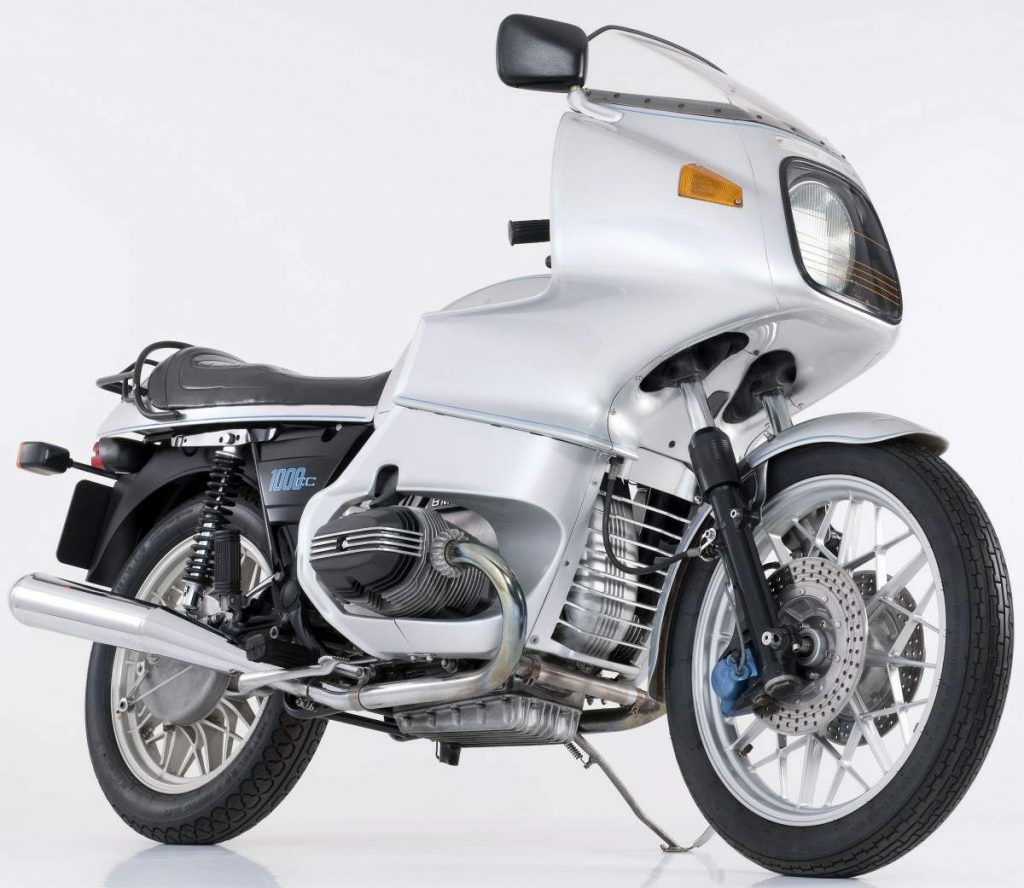
As with the R90S, full-fairings were the mainstay of racebikes up until when BMW featured it on the R100RS. It was also designed by Hans Muth, but with the aid of a windtunnel. The R100RS’s headlamp cowl, side panels and belly pan were rigidly mounted to the bike, and the handblebar turned independently, something we’ve grown accustomed to today.
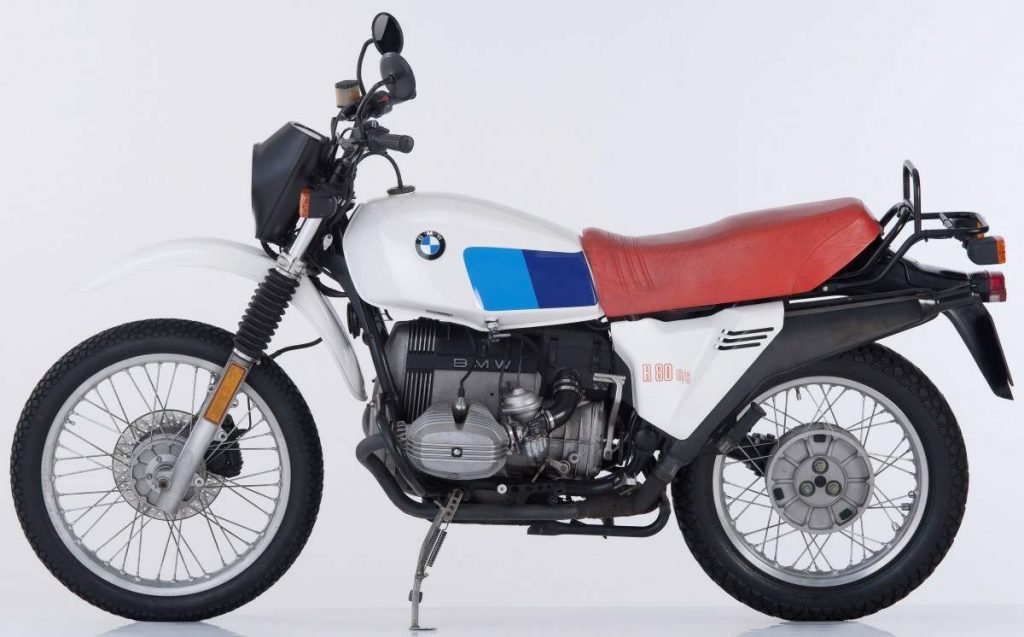
As we’ve written before in the R nineT Urban G/S’s full review (please click on this link to read more), adventure motorcycles prior to the R 80 G/S were based on enduros. While they’re great for blasting down trails, they lacked the range, luggage carrying capacity and comfort for extended off-road rides and the road leading there. BMW saw this vacuum and released the R 80 G/S in 1980, which gave birth to the whole new adventure-touring segment.
Apart from that, the R 80 G/S was also the first mainstream motorcycle to be equipped with a single-sided swingarm.
Yes, the R 80 G/S, which stands for Gelande/Strasse (Off-road/Road) was the granddaddy of the best-selling GS.
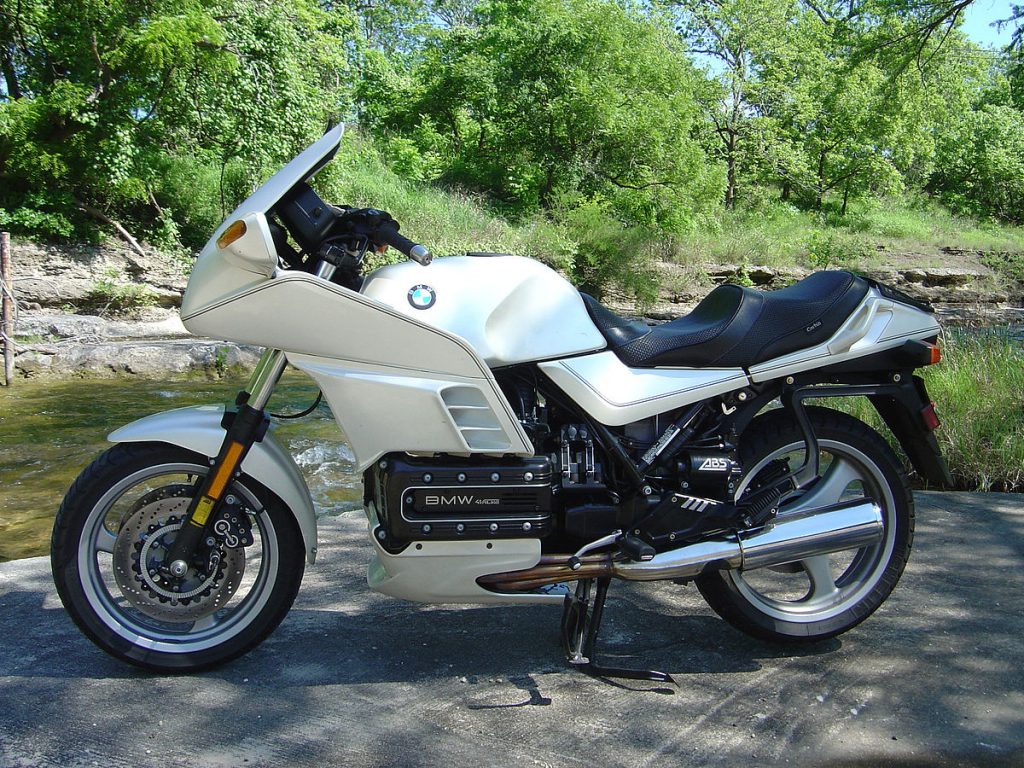
ABS is compulsory on every new motorcycle in Europe now and it’s as indispensable as the brakes themselves. The first ever motorcycle ABS system was called ABS-1. It had that trademark pulsing at the levers when activated, scaring some riders who aren’t accustomed to its workings. The current 10th generation ABS has improved by leaps and bounds since then.
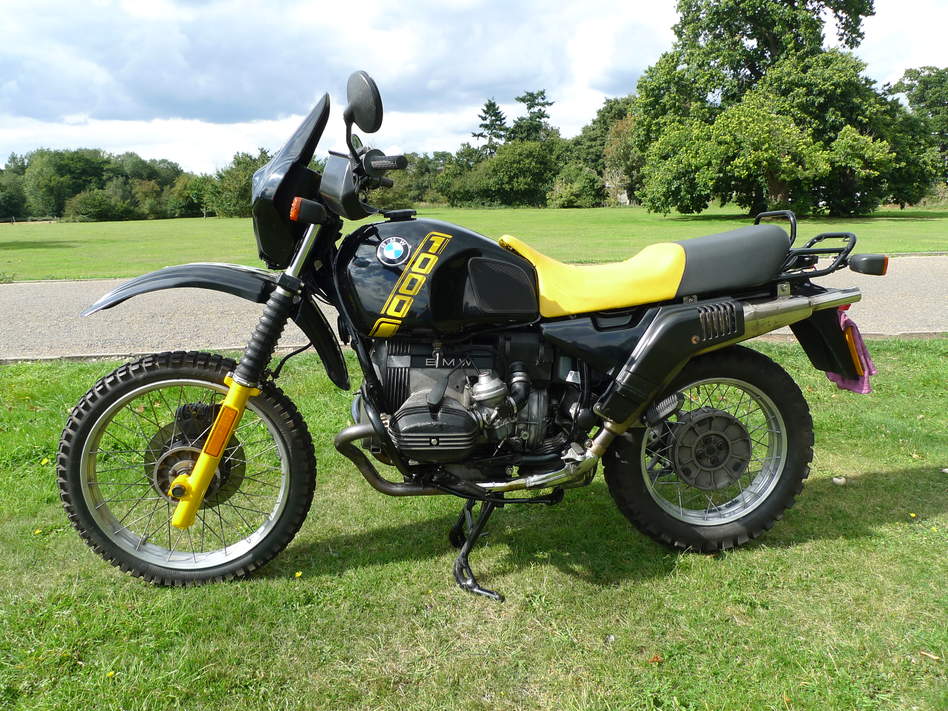
A drive shaft causes reactions that are peculiar to riders on chain or belt drive motorcycles. The tangential forces acting on the wheel hub causes the rear of the bike to jack up, instead of squatting under weight transfer during acceleration. BMW countered by installing an extra lever along the axis of the driveshaft, creating a parallelogram – hence the name Paralever. BMW engineers went on to further tune the Paralever to introduce some degree of squat associated with any vehicle when accelerating. The Paralever was also adopted to other shaft driven BMW motorcycles of different engine configurations, starting from the K1, also in 1988.
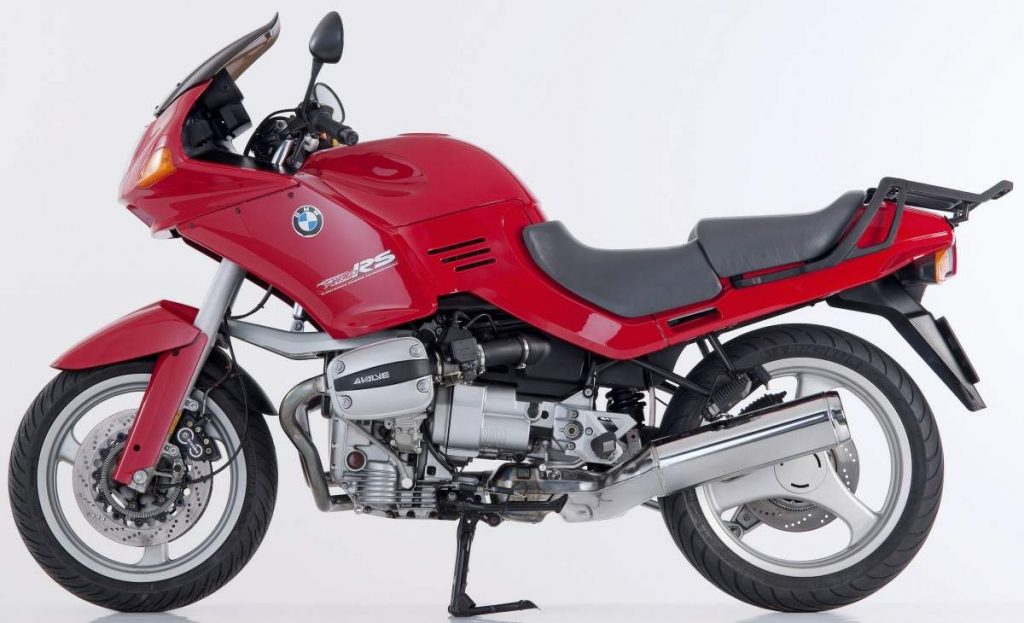
Along with the Paralever rear suspension, the Telelever has become a hallmark for BMW motorcycles. We’ve also written about the Telelever at length (please click here for the full article) and its functions. But of important note is how normal the Telelever front end feels to riders who have never experienced it.
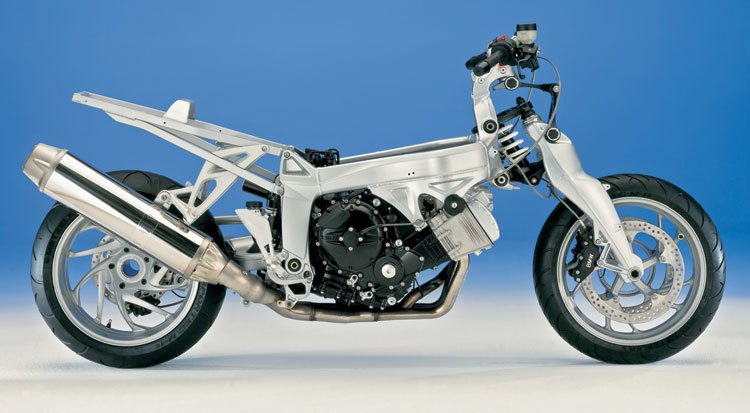
The Hossack-style Duolever front end detaches braking and cornering loads from the handlebar, thus allowing the rider to keep the bike turning, besides the given comfort. While the concept didn’t find widespread adoption in the industry, there was an extraordinary maker who used it to great results – Britten.
It was reported that BMW Motorrad had contemplated using the Duolever for the S 1000 RR superbike.
First fitted to the K 1200 S, the Duolever equips the K 1600 tourers now. The set up gives the huge bikes superlight and agile handling (no kidding).
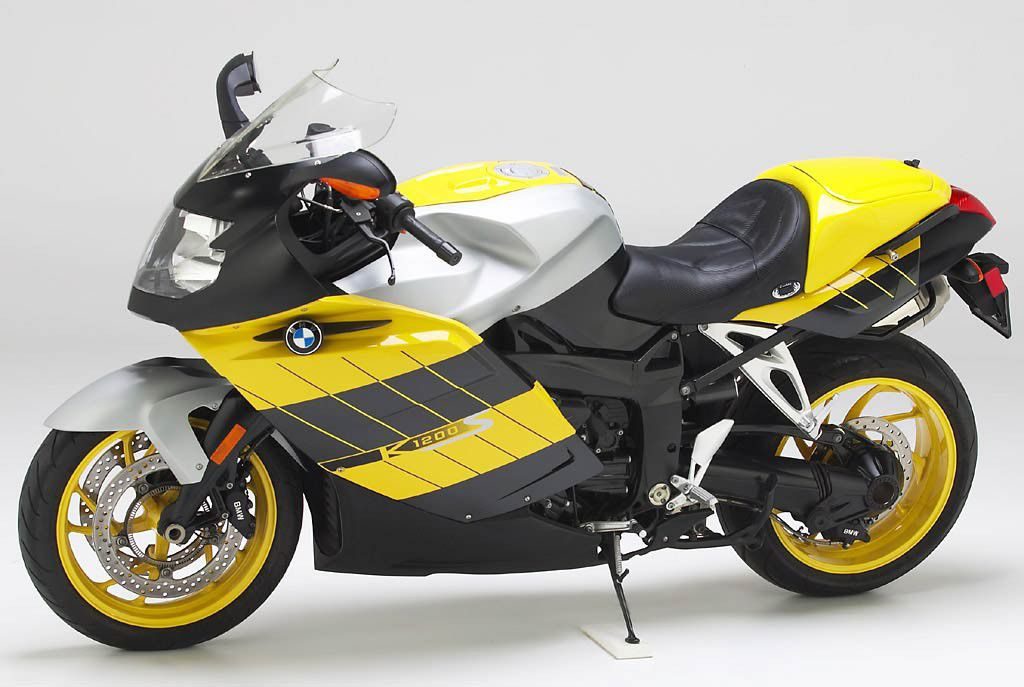
We had to split these two innovations although they made their debut on the same bike, as the ESA was an extra option for the K 1200 S. It’s now a standard feature on the R 1200 GS lineup.
Fitted with it, the K 1200 S was the world’s first production motorcycle to feature an electronically adjustable suspension. Just as how it works now, the rider could select the preload based on load and damping based on his preference.
It was ESA which paved the way for ESA II, Dynamic ESA and DDC (Dynamic Damping Control) found on BMW’s S 1000 range we had just tested.
A newfound friend and I were chatting about bikes and more, of course but let’s keep it to bikes here since this is Bikes Republic and not the Sarawak Report.
He owns a 2016 BMW R 1200 GS Adventure, on which he had toured all the way to the Mae Hong Son loop and back a few times on it besides many other places.
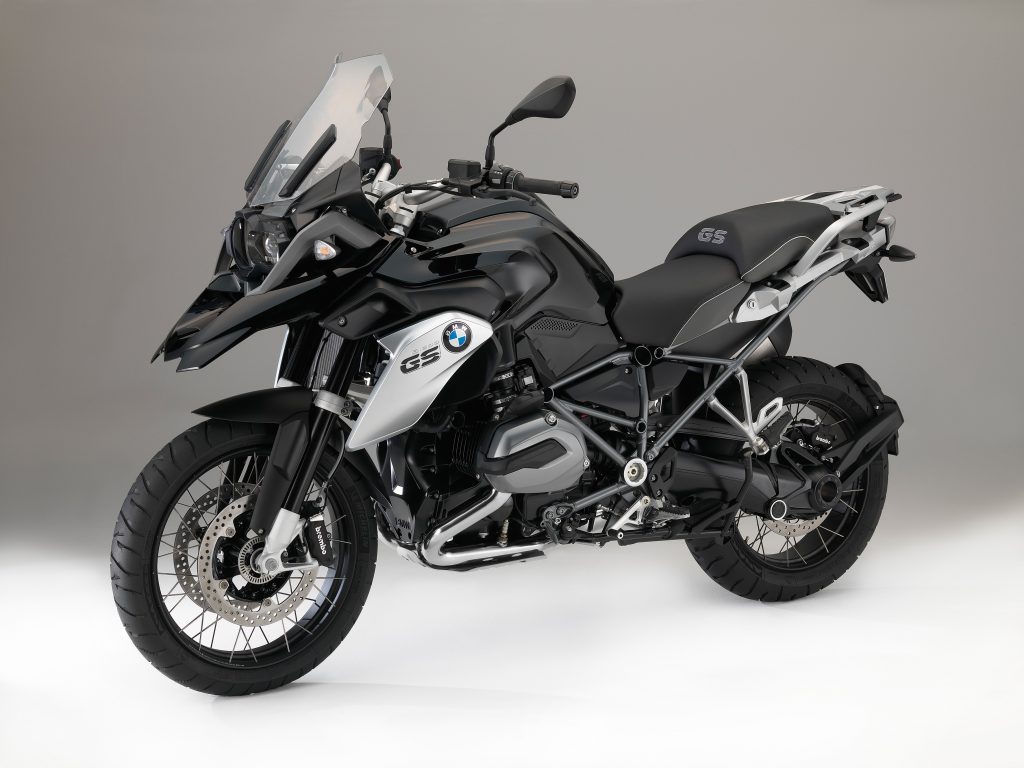
Now, although I don’t own a GS, I’ve ridden one over quite some distance too. If you could recall the GIVI Golden Triangle Adventure in November last year, I had ridden a 2013 BMW R 1200 GS LC from KL to Pattaya and back, covering around 3200 km.
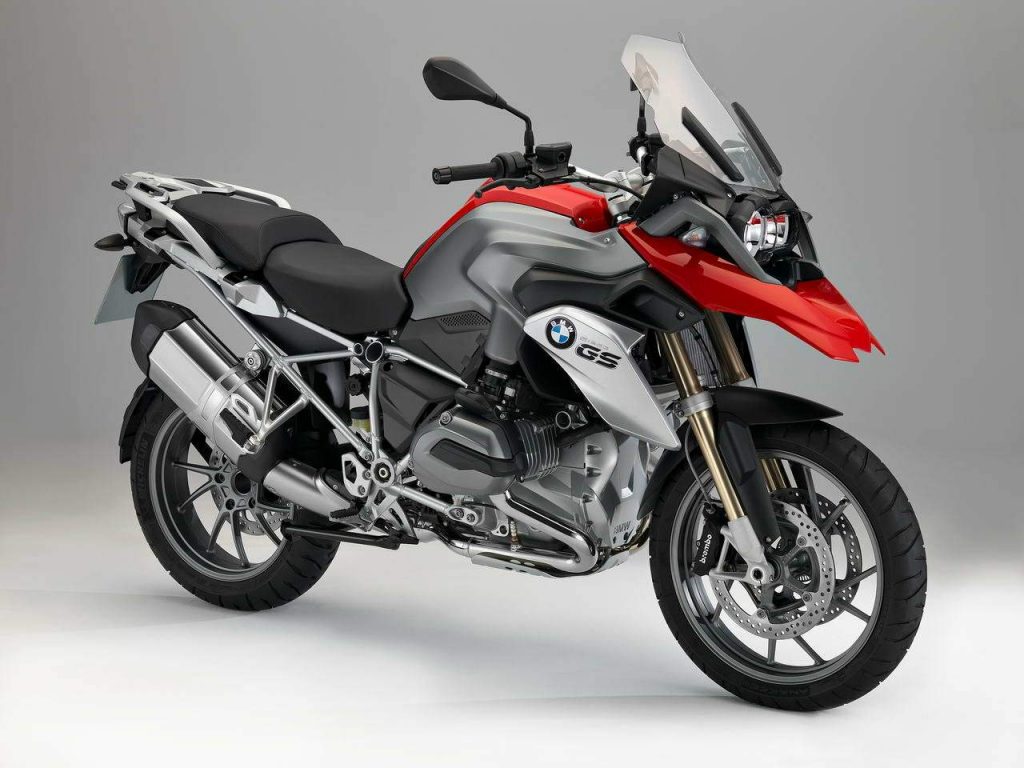
That trip firmly convinced me why BMW owners swear by it. It’s when you have to ride through treacherous conditions, or when your mind and body are exhausted, the R 1200 GS just keeps going. And going. And going.
A large part of that character is due to the bike’s Dynamic ESA /ESA II electronic suspension. It controls the damping electronically, removing bumps that would otherwise tire out the rider in a hurry.
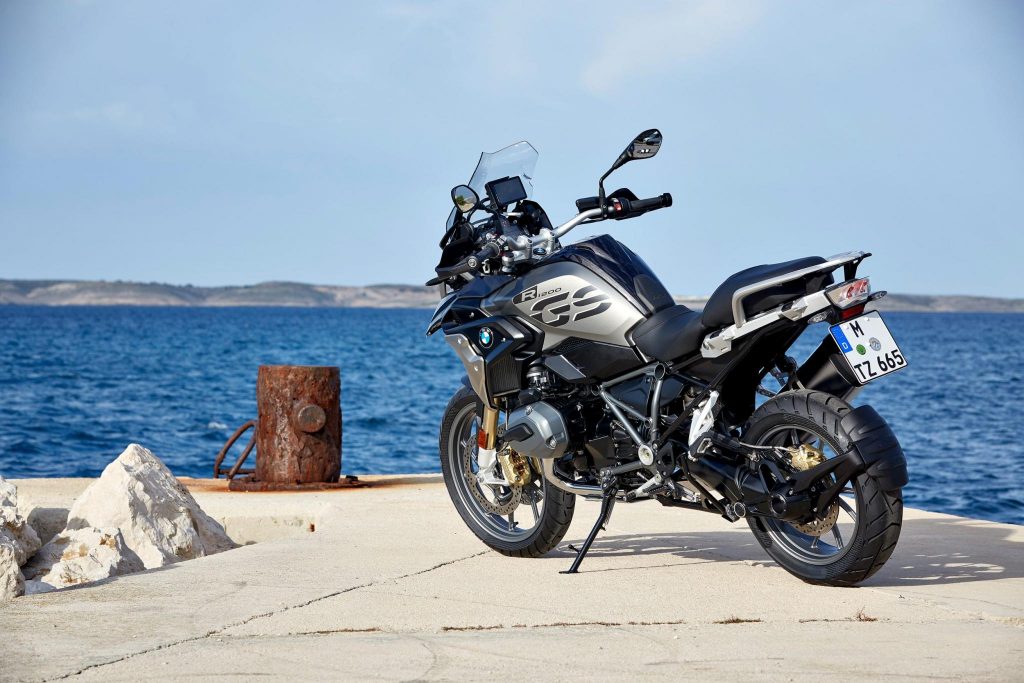
However, as much as having a “smart” suspension, there’s no going around the Telelever’s basic setup at the front. The spring and damper are moved out of the fork tubes and placed at a separate location. The spring and fork tubes are then connected via an A-arm, also known as a wishbone to the frame. BMW did this to separate the damping forces from the steering. We wondered why the set up isn’t used in performance bikes. A little research revealed some interesting answers.
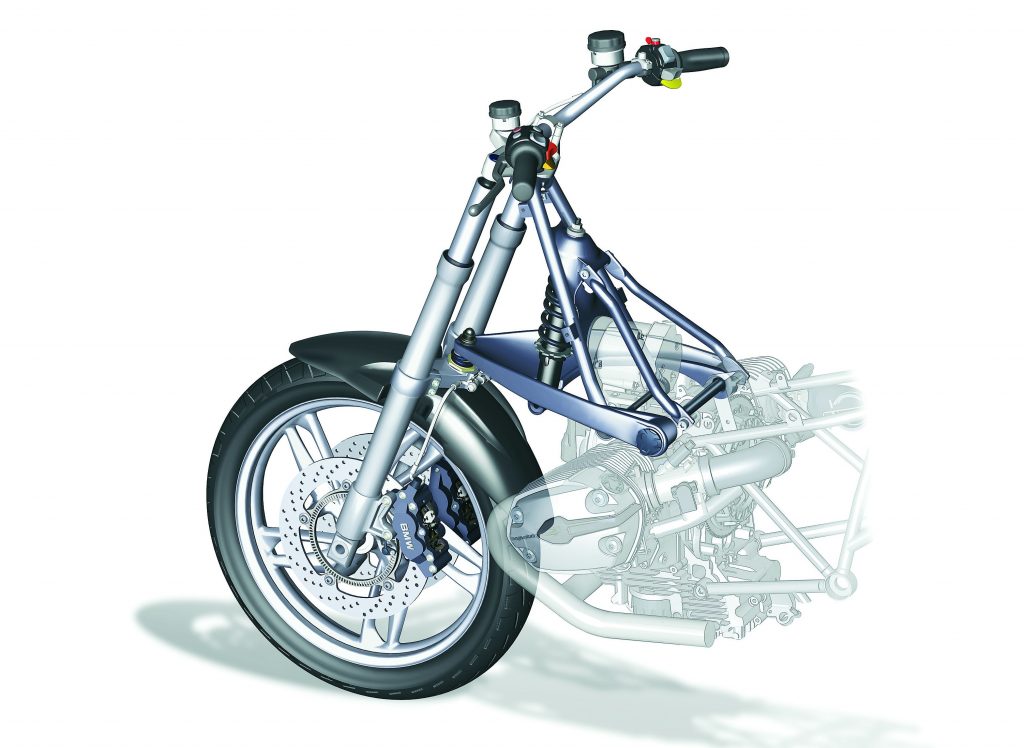
The traditional telescopic forks, whether “normal” or upside-down, suspend and also steer the bike. Let’s take a look at the picture below.
The forks connect to the frame via the headstock and forms a triangle. This makes the headstock as the weakest point in this connection, yet the forks and frame transmit loads into it.
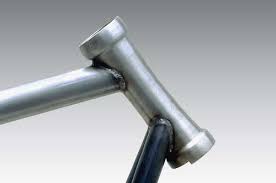
Imagine the forces pushing up into the headstock from the rear tyre when accelerating, and the forces pushing up the fork under heavy breaking. At the same time, consider the bike’s and rider’s weights squashing down from above. All these forces threaten to split the fork-frame triangle like Jean-Claude Van Damme right at the headstock. This is why the front fork and wheel assembly comes off in some heavy accidents.
While this is happening, the rider steers the bike using the exact same components that are transmitting the forces to the headstock, frame, etc. Yes, those very same forces that threaten to tear the forks off the frame.
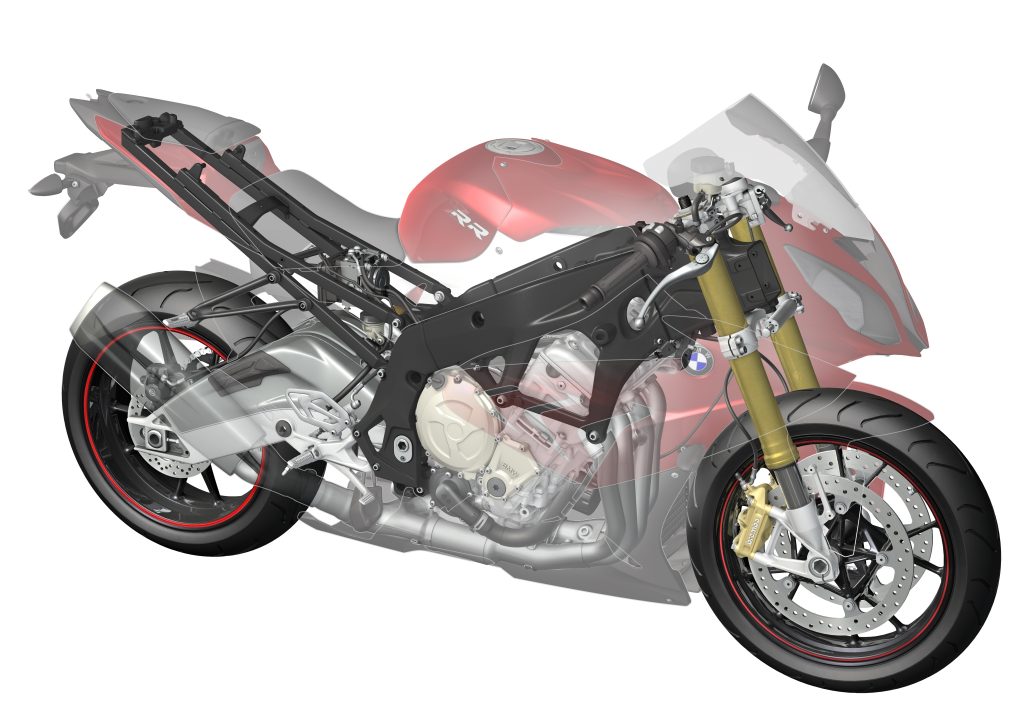
What that means is the forces you feel at the handlebar are the total, the sum, of all these forces acting in unison, plus the cornering forces such as camber thrust, weight, rolling drag torques, etc. That’s not necessarily a bad thing since that’s what riders call “front-end feedback.” The darker side, on the other hand, is when the rider lets off the throttle or applies the front brake abruptly in mid-corner, consequently transferring weight to the front and pushing the bike wide. That self-righting torque (the bike standing up) usually panics riders, causing them to think that they’ve run out of grip hence not forcing the bike back down to make the turn. This is why one overshoots a corner.
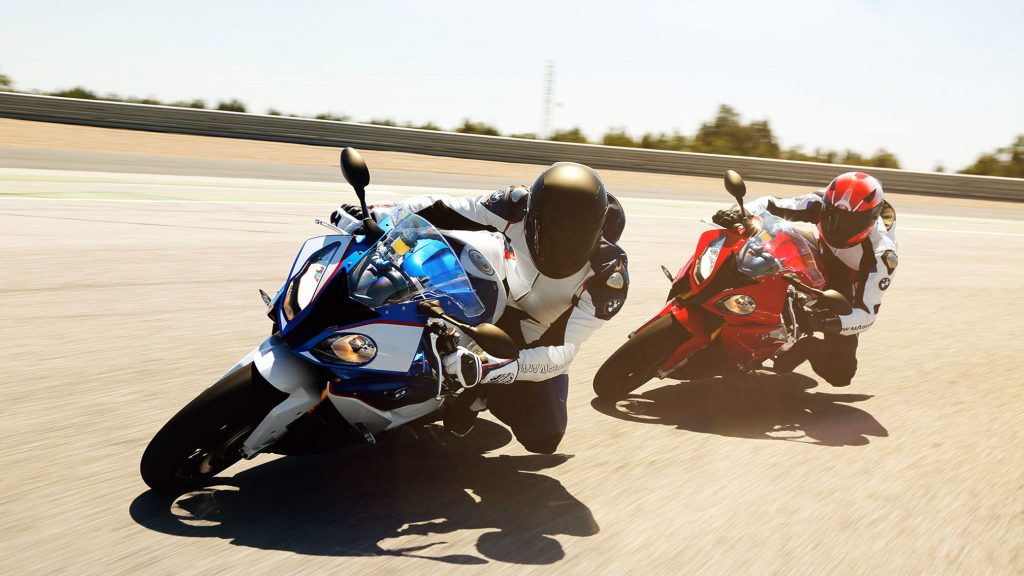
The Telelever and Duolever remove those forces from the steering; although the former still leaves some load through to the headstock and frame, while the latter completely isolates steering from suspension duties. The Telelever is the reason why the R 1200 GS is so easy to manoeuvre even extremely slow speeds, as exhibited by the tests in the GS Trophy. The Duolever system fitted to the K 1600 full-dress tourer line-up gives the bikes surprisingly light steering, despite their heft.
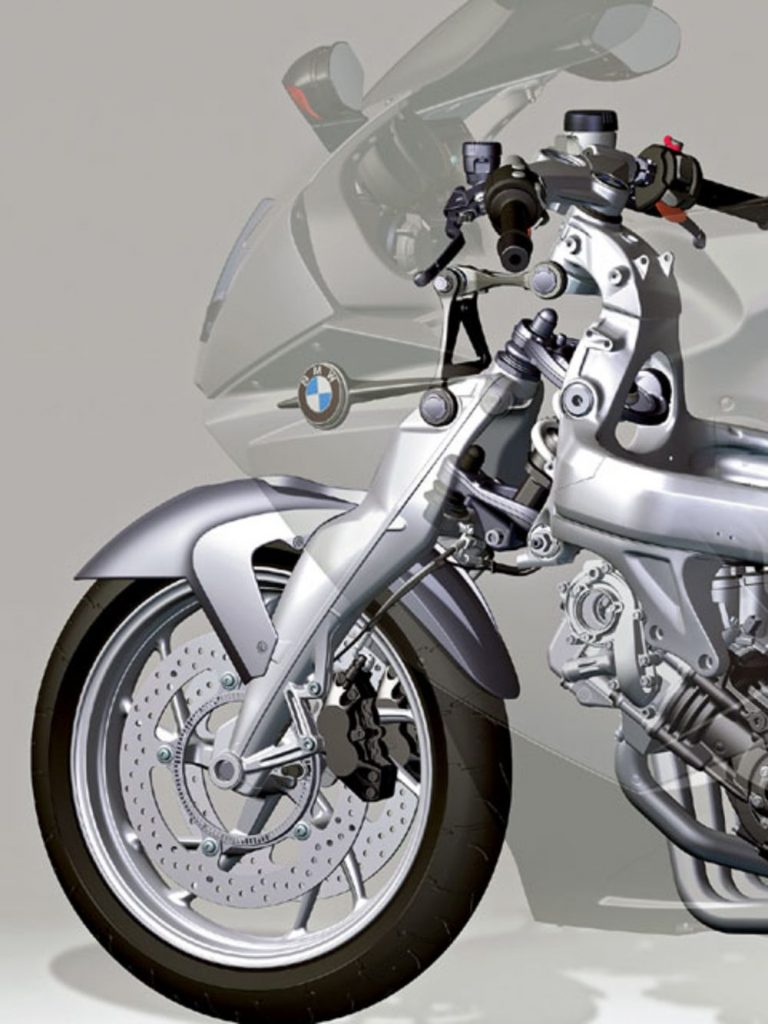
By if the Telelever is that good, why isn’t it used on performance bikes, much less in competition, say MotoGP? Part of the feedback is missing at full lean. It may be okay for road riding where speeds and tyre loads are much lower but not in racing where the rider needs to listen to the tyres.
We had speculated earlier that BMW Motorrad Malaysia will revise the prices of their new motorcycles with the onset of 0% GST beginning 1st June 2018. We have just received the official prices from BMW Motorrad Malaysia.
Please refer to the price list below.
As expected, prices will be reduced across the board, but what is interesting to see are the popular models such as the G-, F-, R-, and S-Series models. The prices will be even more attractive than they are currently. However, if there are many other models to choose from BMW Motorrad’s extensive line-up.
For example, the C-Series “Urban Mobility” super-powered maxi scooters. At the heart of these “babies” are the 647cc, 2-cylinder engine which punches out 60 bhp of power and 63 Nm of torque, with a top speed of 180 km/h.
A little further up the scale and you’ll have the R nineT “Heritage” family, which consists of five variants to choose from, including the ultra-sexy R nineT Racer and the utilitarian R nineT Urban GS.
On top of it all (S 1000 RR HP4 Race notwithstanding) is the K-Series of full-dress luxo tourers, including the new K 1600 B (Bagger). Being tourers, they may be large but we’ve discovered the joy of riding them as they could be ridden like much smaller bikes. Trust us, we did it on the K 1600 GTL in the chaotic Penang rush hour traffic.
Adding to the price revision is the unwavering quality and reliability of these German bikes, plus the excellent level of aftersales service one would receive, synonymous with the premium brand of motorcycles.
Please visit BMW Motorrad Malaysia’s official Facebook page for more information.
BMW’s venerable boxer engine has come a long, long way and there’s no end in sight for it. the German giant may produce the superb S 1000 RR inline-Four superbike, but what is BMW Motorrad if not for the flat-Twin or Boxer, as it’s affectionately known.
It is likewise the scenario for the Boxer-engine GS, since the first R80GS.
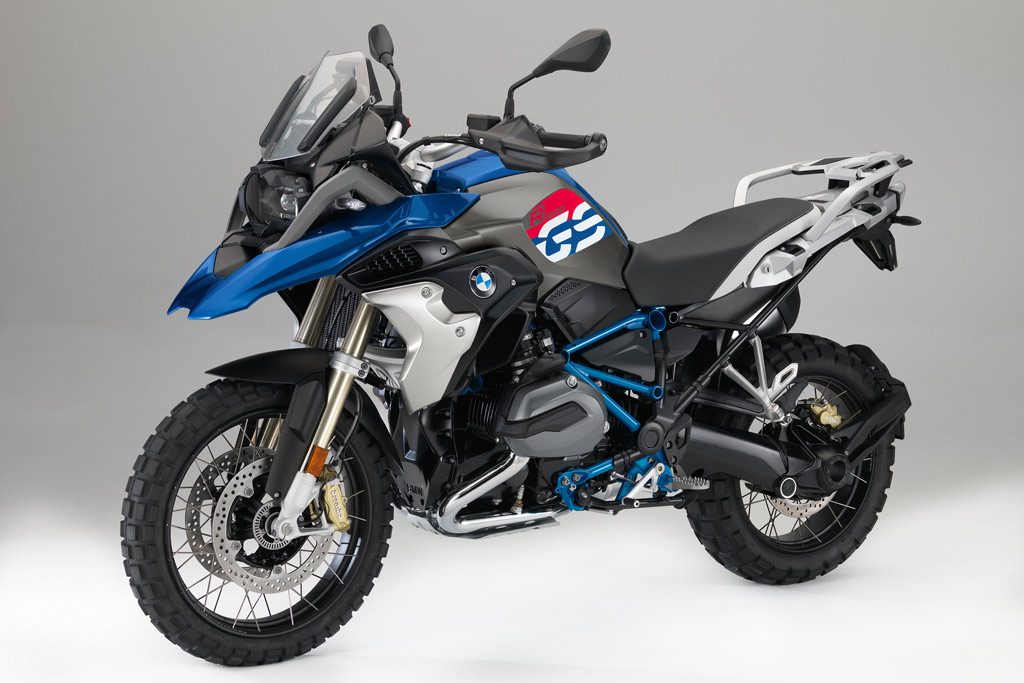
But the competition has been aggressive in the large-capacity adventure segment. KTM, Ducati and now Triumph are carving out large pieces of the pie and BMW has been updating the R 1200 GS with each generation.
And now we have received news via https://riders.drivemag.com that BMW may be working on a 1250cc Boxer.
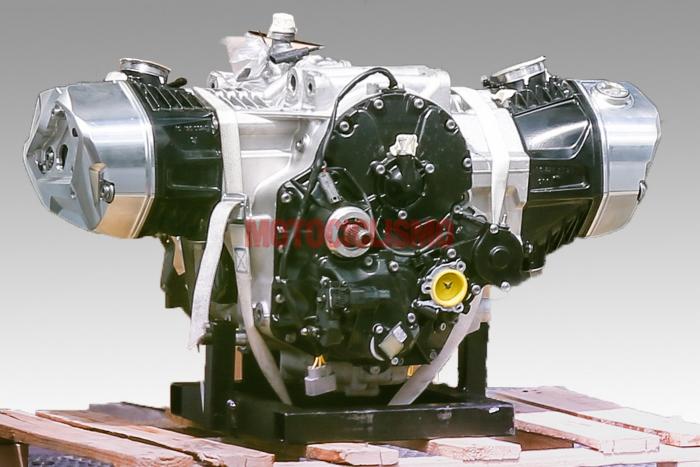
You see, the current wasser-Boxer produces 125 bhp of power and 125 Nm of torque but the competition has gone 160 bhp and 140 Nm thereabouts. While BMW owners will tell you that 125 bhp is enough, that is not going to cut it on the spec sheets.
It is also rumoured that the “new” Boxer will include variable valve timing. Along with other changes, it should be good for 140 to 150 bhp.
All this talk started when photos of a new R 1250 RT undergoing road trails surfaced in MCN. Looking at the photo below, you could see that it’s a new bodywork, but what is more telling is the appearance of a new engine.
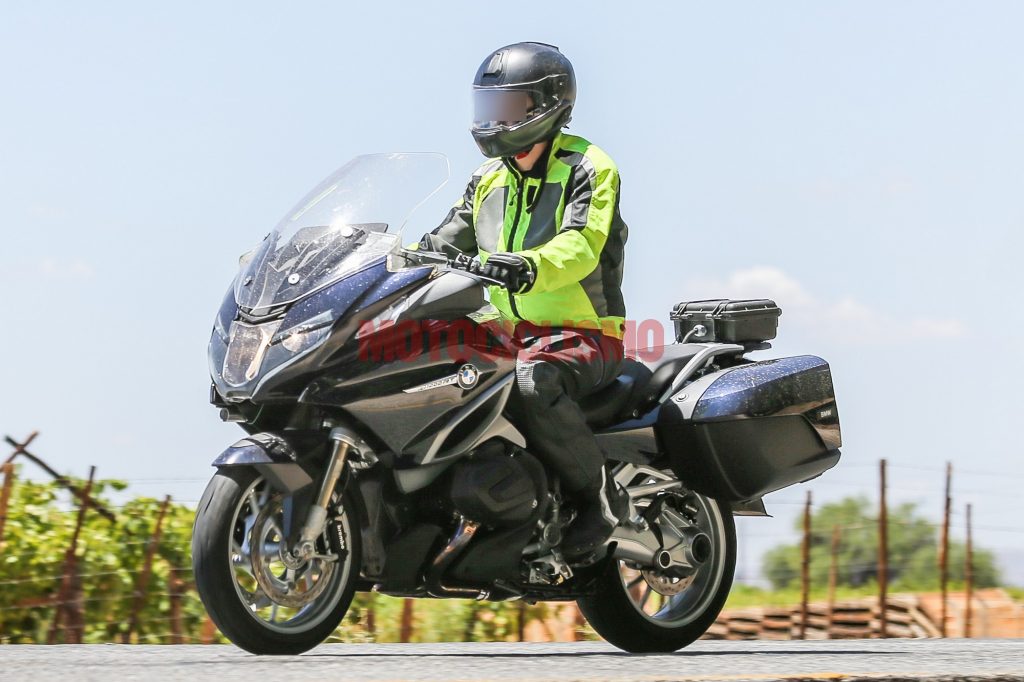
However, as BMW owners know, if there is a new RT, there is a large likelihood that a GS is also in store. Plus, since the GS is the flagship BMW Motorrad, it will be launched first than the RT.
2019 is just a few months away. Who is waiting with baited breath?
© Copyright – BikesRepublic.com 2023 Trademarks belong to their respective owners. All rights reserved